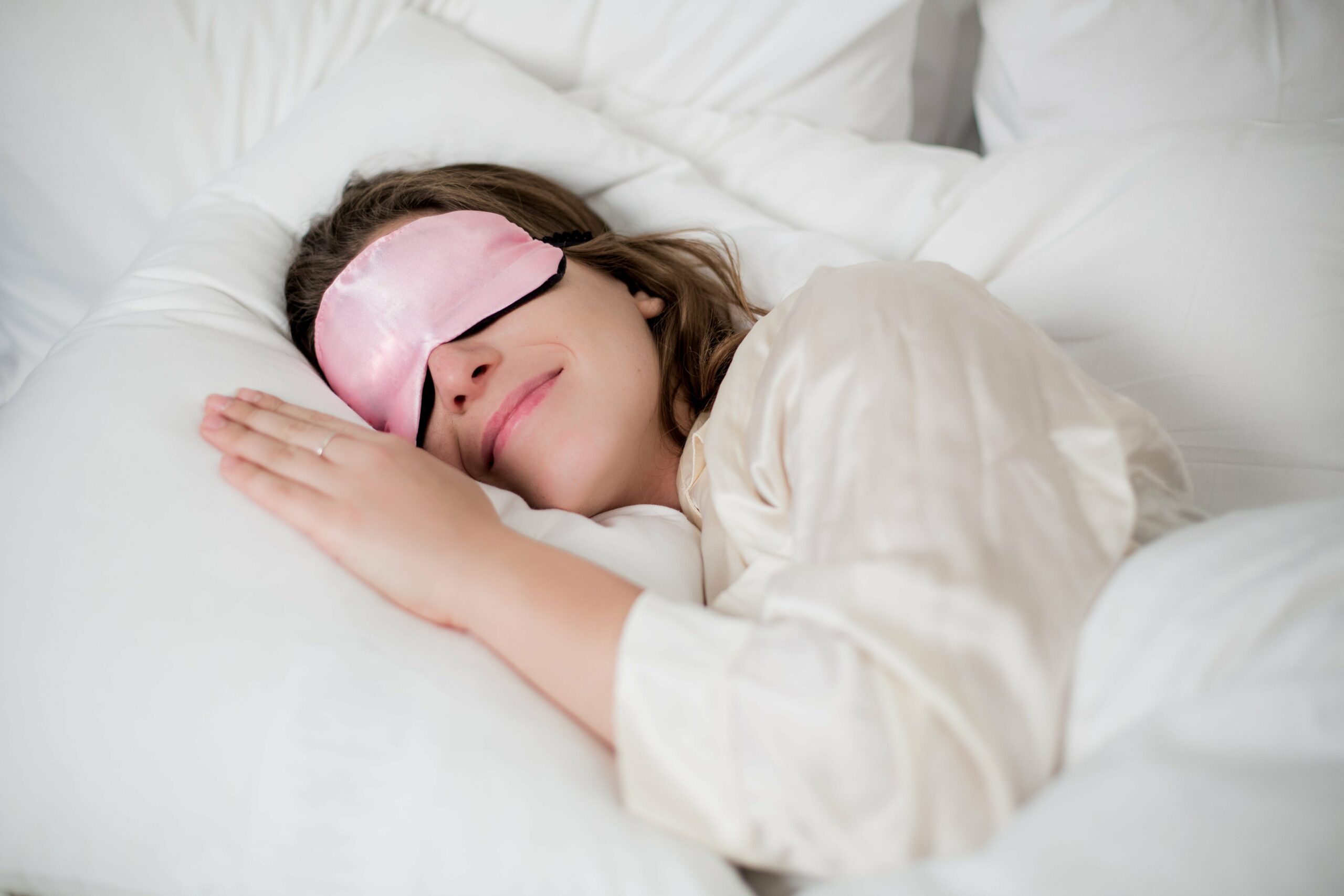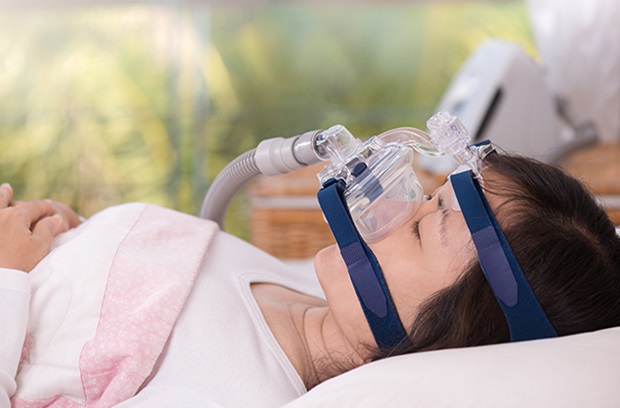What is Oral Appliance Therapy, and How Does it Differ From other Treatments for Sleep Apnea and Snoring?
Sleep apnea and snoring are two common sleep-related issues that can have a profound impact on one's quality of life. These conditions not only disrupt restful sleep but also pose serious health risks. While various treatment options exist, including lifestyle changes, CPAP (Continuous Positive Airway Pressure) machines, and surgery, this article dives deep into a unique and increasingly popular approach: oral appliance therapy. We will explore what oral appliance therapy is, how it differs from other treatments, and why it has gained recognition as an effective solution for sleep apnea and snoring.
Understanding Oral Appliance Therapy
Oral appliance therapy, also known as mandibular advancement device (MAD) therapy, involves the use of custom-made dental devices to manage sleep apnea and snoring. These devices are designed to reposition the jaw and tongue to keep the airway open during sleep, thus reducing or eliminating sleep-related breathing disturbances. Unlike CPAP machines, which deliver a continuous stream of pressurized air to keep the airway open, oral appliances are discreet, comfortable, and non-invasive.
How Oral Appliance Therapy Differs from Other Treatments
To appreciate the uniqueness of oral appliance therapy, it's essential to understand how it differs from other common treatments for sleep apnea and snoring.
Non-Invasive Nature
One of the most significant advantages of oral appliance therapy is its non-invasive nature. Unlike surgery, which may involve removing excess tissue from the throat or repositioning the jaw surgically, oral appliances are worn like a dental guard, causing minimal discomfort and pain.
Comfort and Compliance
Many individuals find traditional CPAP machines uncomfortable and claustrophobic. Oral appliances are compact and do not require cumbersome masks or headgear. This enhanced comfort often leads to better patient compliance, as individuals are more likely to wear their oral appliances consistently.
Customization
Each oral appliance is custom-made to fit the patient's mouth, ensuring a secure and comfortable fit. This customization maximizes effectiveness and minimizes the risk of side effects or complications.
Portability
Oral appliances are highly portable, making them an ideal choice for individuals who travel frequently. CPAP machines, on the other hand, can be bulky and challenging to transport.
No Noise or Power Requirements
CPAP machines generate noise and require a power source, which can disrupt sleep for both the user and their bed partner. Oral appliances produce no noise and are entirely self-contained.
Targeted Treatment
Oral appliance therapy is particularly effective for individuals with mild to moderate sleep apnea or those who experience snoring without sleep apnea. It targets the underlying causes of these conditions by repositioning the jaw and tongue to maintain an open airway.

Why Oral Appliance Therapy is Gaining Recognition
The popularity of oral appliance therapy for managing sleep apnea snoring is on the rise, thanks to several key factors.
Efficacy
Numerous studies have shown that oral appliances are highly effective in reducing the severity of sleep apnea and eliminating snoring. For many individuals, they provide a viable alternative to CPAP therapy or surgery.
Comfort and Convenience
The comfort and convenience offered by oral appliances are appealing to patients who may have struggled with CPAP machines. The ease of use and portability make compliance more achievable.
Minimal Side Effects
Compared to surgery, which carries risks of infection, bleeding, and post-operative pain, oral appliance therapy has minimal side effects. Some users may experience mild jaw discomfort or dental changes, but these are generally manageable and reversible.
Positive Impact on Quality of Life
By effectively addressing sleep apnea and snoring, oral appliance therapy can significantly improve an individual's quality of life. Better sleep quality leads to increased energy levels, improved mood, and reduced daytime fatigue.
Expanded Accessibility
The growing recognition of oral appliance therapy has led to increased accessibility. More dental professionals are trained in fitting and adjusting these devices, making them available to a broader range of patients.
Choosing the Right Treatment
While oral appliance therapy offers significant advantages, it's essential to consult with a healthcare professional to determine the most appropriate treatment for your specific sleep-related issues. Factors such as the severity of sleep apnea, individual comfort preferences, and underlying health conditions should be considered when making this decision.
Conclusion :
Oral appliance therapy, also known as mandibular advancement device therapy, stands as a unique and increasingly popular approach to managing sleep apnea and snoring. Its non-invasive, comfortable, and highly customizable nature sets it apart from other treatment options like CPAP machines and surgery. As recognition of its efficacy and convenience continues to grow, oral appliance therapy is providing a valuable solution for individuals seeking relief from the disruptive effects of sleep apnea and snoring. When considering treatment options, it is crucial to consult with a healthcare professional who can assess your specific needs and guide you toward the most suitable approach to achieve restful and rejuvenating sleep.

Comments
Post a Comment